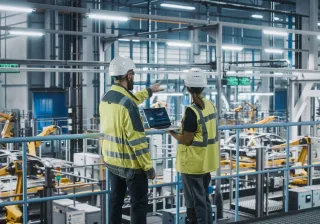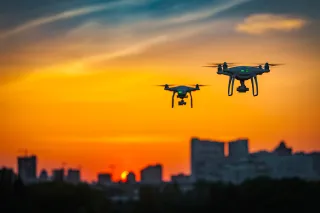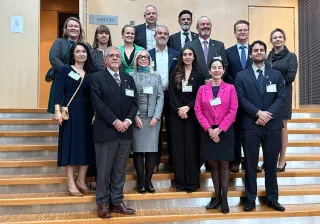We know that companies need to re-think and renew their business radically to tackle the sustainability challenges. The pressure for this comes from society, legislators, partners, and customers. There is a lot of talk about sustainable business, but on the other hand, the conversation often lacks a concrete perspective. The key issue in companies is to seek solutions on how to transform towards sustainability and at the same time create a successful business on this transition.
To support companies in a sustainability transition, it would be important to understand what kind of models have been implemented in forerunner companies. There are great examples of companies in the world and in Finland that have successfully adopted a sustainable business model. What can we learn from these companies and their business models?
What kind of sustainable business models do forerunners have?
To reveal the secret formula or anatomy of successful sustainable business models we explored the MSCI SRI (Socially Responsible Investing) Indexes, the MSCI Europe SRI Index (12/2021), and the MSCI USA SRI Index (12/2021)* by choosing the 5 top performers in both lists. We analysed business models of these companies by identifying forms of sustainable business.
Environmentally sustainable business models
The sustainable business models of top performers mainly emphasized material and energy efficiency, sustainable design, and maximizing the efficiency of resource use. Also, sustainability in supply chain management was a common business model.
As an example of environmentally sustainable business models, NVidia embraces energy efficiency in consumer products such as Max-Q, a system design approach that enables thin and light gaming laptops to deliver high performance with optimal efficiency. Regarding sustainable design, Microsoft mentions that they have several R&D innovations in the pilot phase: undersea data centers, data center storage systems based on alternative materials, data center networking, and AI efficiency aiming to increase environmental sustainability. In Tesla, supply chain localisation plays an important role in reducing transportation missions, reducing the risk of supply disruption due to geopolitical dynamics, and supporting the local community.
Socially sustainable business models
Although environmental perspectives were stressed more than the social perspectives of sustainability, companies also implemented socially focused sustainable business models. For example, Novo Nordisk provides access to the medicines available beyond different barriers. They offer an affordability program to provide medical care, insulin, and supplies to those most in need. This is enabled by offering low-cost insulin in their product portfolio.
‘Roche Holding’s business model includes a contribution to education partners’ “digital relief fund”, designed to build a technical infrastructure to digitise education programs. This includes lending laptops and prepaid mobile cards to ensure students can access their online courses.
Another example of a sustainable business model is presented by Unilever, which works with a large number of partner organisations to help collect and process plastic packaging; the target is to collect and process more plastic packaging than they sell. In Indonesia, they support communities to develop systems for collecting and selling waste. This uses a platform called ‘Google My Business’, which enables people to access the locations of nearby waste banks via Google Maps.
What would be the ultimate sustainable company?
It's a good question to think about what level of sustainability is enough. When can we say that the company is sustainable? Following the triangular thinking of sustainable business and the SDG metrics, the development of social sustainability should also be in balance with other perspectives. Based on the research, among forerunner companies this was less represented, on the other hand, there were good openings in this field as well. Surely, the development of sustainability should be seen more as an iterative process than as a static goal. At its best, a sustainable business model includes all three perspectives, strongly represented in many ways as a core.
*The SRI Indexes represent the performance of companies with high Environmental, Social, and Governance (ESG) ratings. The SRI indexes consist of a best-in-class selection of the top 25% of ESG-rated companies in terms of free-float market cap per GICS sector and subregion (to avoid regional or sectoral biases) and are market-capitalization-weighted. The index strategy is based on a wide set of exclusions and a high level of ESG quality.










